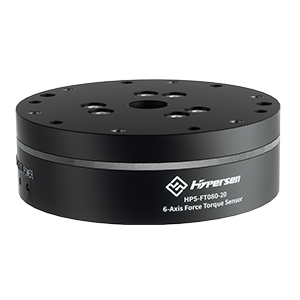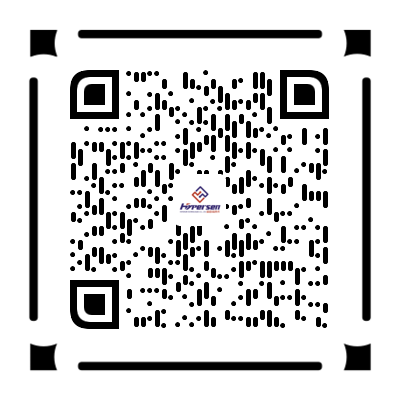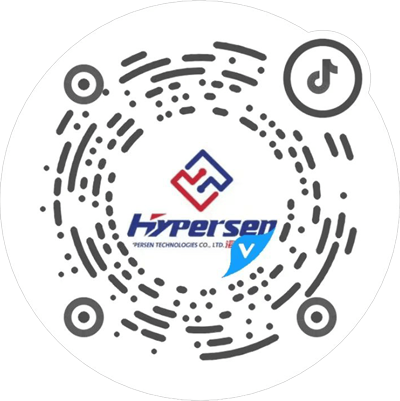The demand for surface defect detection by machine vision is expanding. Hyberson 2D/3D vision sensors solve problems and difficulties
With the deep integration of the new generation of information technology and manufacturing, a significant transformation has occurred in the manufacturing industry, gradually shifting from quantity expansion to quality improvement. By improving product quality to produce high value-added and high-profit products, the competitiveness of products can be greatly enhanced. Therefore, strengthening quality inspection is one of the most commonly used methods in manufacturing production.
There are various factors that affect product quality, such as appearance quality, functional quality, and performance quality. Both users and manufacturers have increasingly higher requirements for product quality. In addition to high functional and performance quality, the demand for appearance quality, particularly good surface quality, has been rising year by year.
However, even if every manufacturing process is strictly controlled, the yield of qualified products cannot reach 100%, meaning there will always be defective products produced.
Surface defect detection is the “gatekeeper” to prevent defective products from entering the market.
- Product Surface Defect Detection
As an indispensable step in the production process, surface defect detection is widely used in various industrial fields, including 3C (computing, communication, consumer electronics), semiconductor and electronics, automotive, chemicals, pharmaceuticals, light industry, military industry, and more, spawning many upstream and downstream enterprises.
Since the 20th century, surface defect detection has gone through three stages: manual visual inspection, mechanical contact inspection, and machine vision inspection.
The first is manual visual inspection. Manufacturing companies hire a large number of quality inspectors to perform inspections in an assembly line format. However, with the disappearance of the demographic dividend, as well as the tediousness of the job, low autonomy, and low wages, fewer and fewer people are willing to work in quality inspection, which highlights the labor shortage problem. This method is not only costly but also struggles to achieve the necessary precision and speed in detecting small defects. It also has the disadvantages of high labor intensity and poor consistency in inspection standards.
The second method is mechanical contact inspection. While this method can meet production quality requirements, it has several disadvantages, including high equipment costs, low flexibility, slow speed, and susceptibility to wear and tear.
The third method is machine vision inspection. In order to maintain an advantage in an ever-changing and increasingly competitive market, companies must continuously improve product quality standards to meet customer needs, while also enhancing production line efficiency to keep up with the fast-paced market. Adopting automated and intelligent surface defect detection methods is a key way to balance both quality and efficiency.
This method uses image processing and analysis to detect potential defects in products. It is a non-contact method with flexible installation, high measurement accuracy, and speed. The same machine vision inspection equipment can perform multi-parameter detection on different products, saving significant costs on equipment for the company.
- Problems in Surface Defect Detection
Surface defect detection based on machine vision will be the main research and development direction in the future. Currently, there are promising results in both theoretical research and practical applications of machine vision-based surface defect detection. However, there are still several key problems and challenges:
- Complex types of defects: The differences between categories are significant. The appearance defects of industrial products are complex and diverse, and the morphological features between different categories of defects may vary greatly. This variation leads to poor generalization of detection algorithms, and many defects require the development of separate detection algorithms, which is highly complex. There is also significant inter-class ambiguity, where different types of defects may have similar appearance features, making it difficult to distinguish between them, and thus impossible to accurately determine the cause of the defects or classify the product correctly. The background is complex, making it hard to completely separate the defect from the background in production environments, with defect features not being very obvious.
- Variability within the same defect category: As shown in the image, defects on the surface of rails and defects on the surface of steel strips, due to factors such as lighting conditions, production batches, and equipment status during production, show significant variations in the size, contrast, and gray values of the same type of defect, and defect features do not follow the same distribution.












